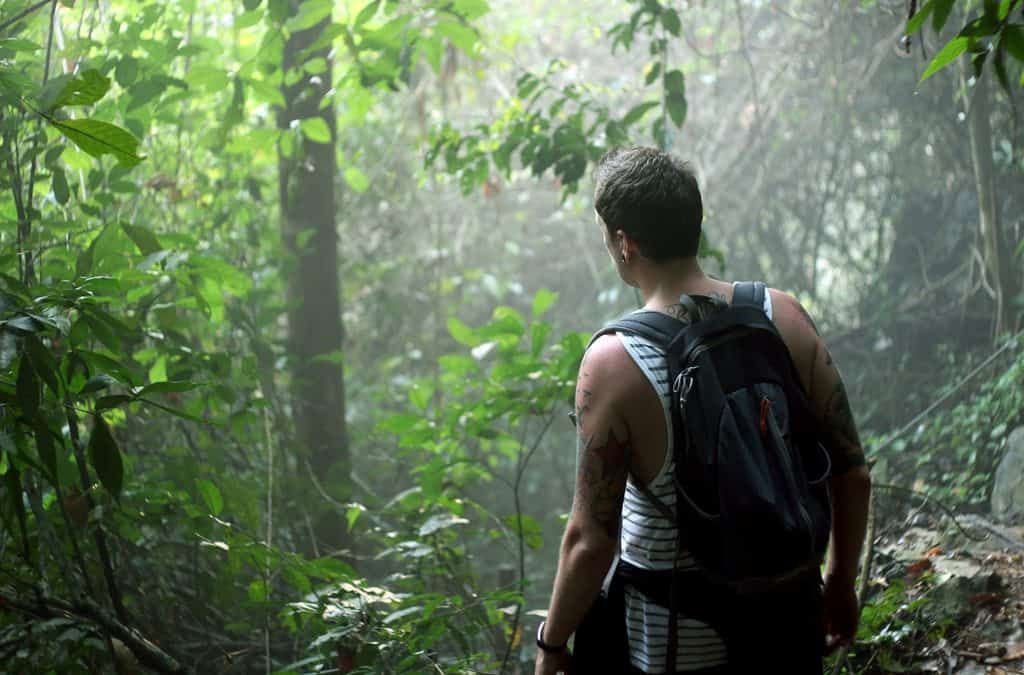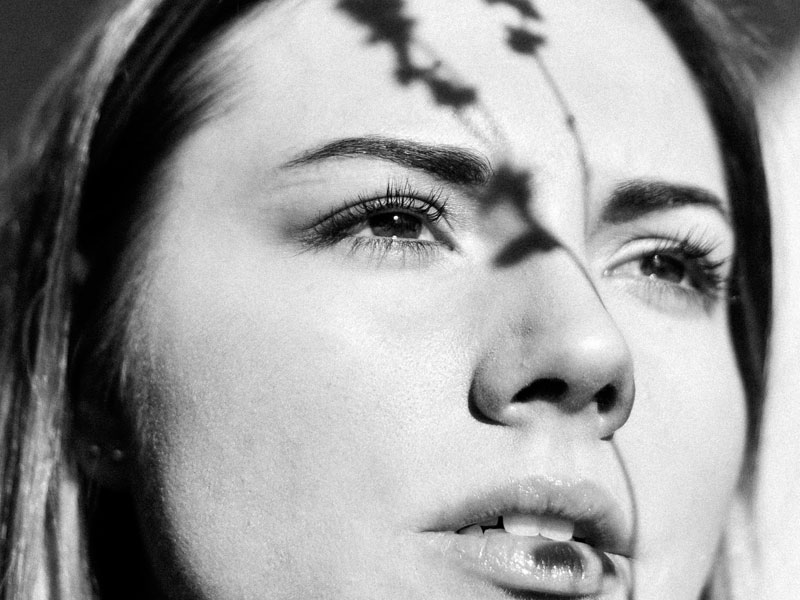
Polyvagal Theory & Autism
The Polyvagal Theory is based on the work of Stephen W. Porges PhD. This theory is based on the vagus nerve and the way that it works within the body to help us interact with our world.
In a nutshell The Polyvagal Theory suggests that we have three main ways of operating: we can be in an open state where we can be calm and our social faculties (eyes, ears, face, voice, connection to heart), digestive and cognitive faculties, like executive functioning and working memory, are all online and available for us to use.
We can be in a flight/fight state where the body is focused on excitement or threat and a lot of our social and cognitive faculties are less online. Our taste buds, our digestion also turn off as we don’t need to be digesting food when we are about to run or fight. Energy is diverted and conserved for our safety. As the eyes and ears start to shift to the danger response, they are also less able to process a wider range of light and sound.
Lastly, in order to keep us safe, our body can go into an involuntary, immobilised state. For example, if a lion gets too close and you cannot run, fight or stop still in your tracks (freeze), the body has another option; it will take over to make so you are not interesting to the lion. Here you cannot move, make a noise, blink or feel. This is your best option for survival and often the lion finding you inanimate, will walk away. It is in this state that we start to disassociate and go into meltdown.
If the body has very early in life had an experience of threat – for whatever reason – it can get stuck in an immobilised state and think that this is normal. The person can grow up and be really smart, they can be all kinds of wonderful, but not have a lot of choice when it comes to how they are going to respond to the world because they are, more or less, in constant state of shut-down. So many people are living in a highly constricted body state.
When we look at autism, there are a lot of similarities. Communication, social connection, motor movement and control, taste and digestion issues, executive functioning, working memory, noise and light sensitivity all require the body to be in a good enough place. When we are immobilised (to a greater or lesser degree) we don’t have full access to all our faculties. When we are in a constant state of flight/fight or immobilise, our bodies can hurt; we can experience too much pain, or none at all. We can be hyper alert to everything, or have hypo-reactivity. Ultimately, we don’t have full control.
To regain control, we need to teach the body how to be in a more parasympathetic (calm) state. It is virtually impossible to intellectually teach this to someone who does not have a good relationship with their body. This is why most of our therapies fail. When we teach the body how to be in a deeply relaxed state, we give people a chance to feel better, to make better decisions, self-regulate and live in a way that makes them happy, because they start to have a choice as to how their body behaves.
This is not about fixing autism. Autism is a genetic and environmental disposition that is multi- layered. While this is true, it is also true that autists often suffer from a variety of physical and mental issues that can be greatly assisted by helping the body to become more robust. When our body is more fully online, we have a greater capacity to live the life we want to lead.










Recent Comments